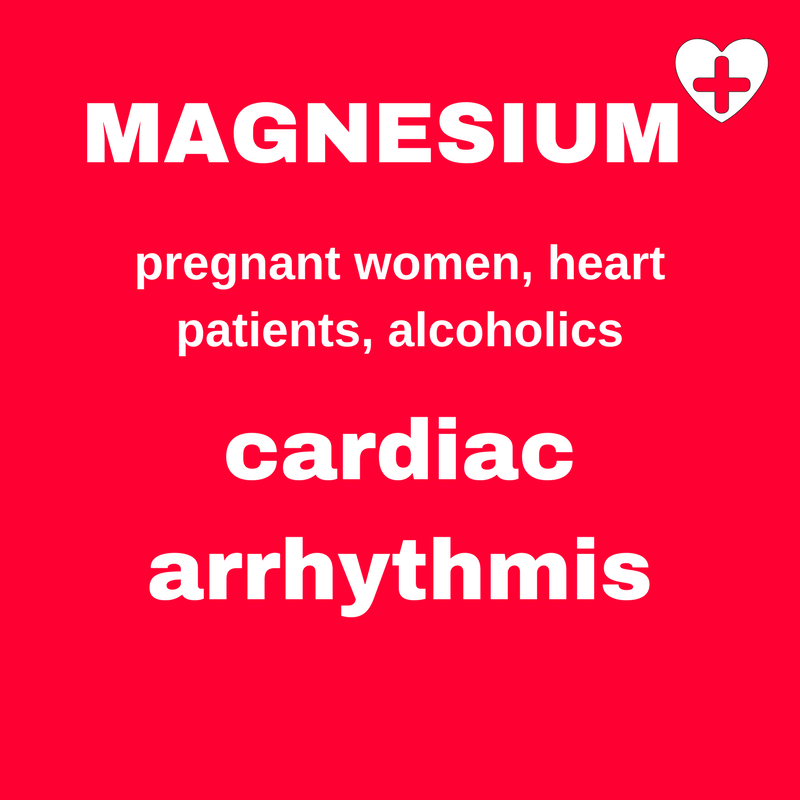MAGNESIUM RBC
Why This Test?
Magnesium deficiency, also known as hypomagnesemia, is an often overlooked health problem.
In some cases, deficiency may be under diagnosed since the obvious signs commonly don’t appear until your levels become severely low.
The causes of magnesium deficiency range from inadequate dietary intake to loss of magnesium from the body.
Magnesium Levels must be maintained to properly absorb Vitamin D. People with Low Vitamin D should may also need to test for Magnesium RBC and Calcium.
Health problems associated with magnesium loss include:
- Diabetes
- Poor Absorption
- Chronic Diarrhea
- Celiac Disease
- Hungry Bone Syndrome
- People with alcoholism are at an increased risk
7 Signs & Symptoms of Magnesium Deficiency
- Muscle Twitches and Cramps
- Mental Disorders
- Osteoporosis
- Fatigue and Muscle Weakness
- High Blood Pressure
- Asthma
- Irregular Heartbeat
The table below shows the recommended daily allowance (RDA) or adequate intake (AI) for men and women in the United States.
| Age | Male | Female | Pregnancy | Lactation |
| Birth to 6 months | 30 mg* | 30 mg* | ||
| 7–12 months | 75 mg* | 75 mg* | ||
| 1–3 years | 80 mg | 80 mg | ||
| 4–8 years | 130 mg | 130 mg | ||
| 9–13 years | 240 mg | 240 mg | ||
| 14–18 years | 410 mg | 360 mg | 400 mg | 360 mg |
| 19–30 years | 400 mg | 310 mg | 350 mg | 310 mg |
| 31–50 years | 420 mg | 320 mg | 360 mg | 320 mg |
| 51+ years | 420 mg | 320 mg |
Magnesium is an essential trace element. Deficiency leads to irritability, neuromuscular abnormalities, cardiac and renal damage. Its salts are used as antacids and cathartics. Excessive amount may cause CNS depression, loss of muscle tone, respiratory and cardiac arrest.
Reference Range(s)
1.5-2.5 mg/dL
Alternative Name(s)
MAG

